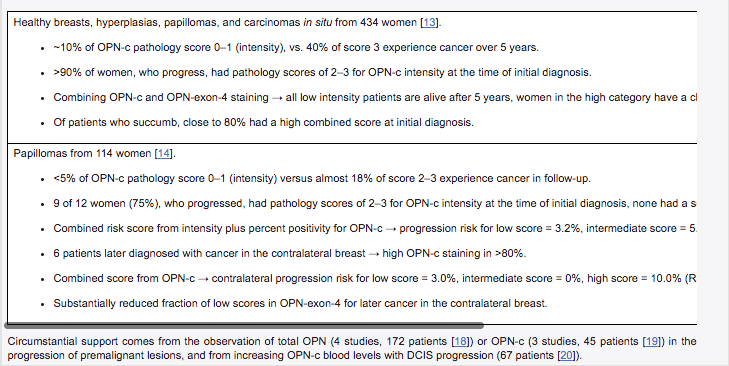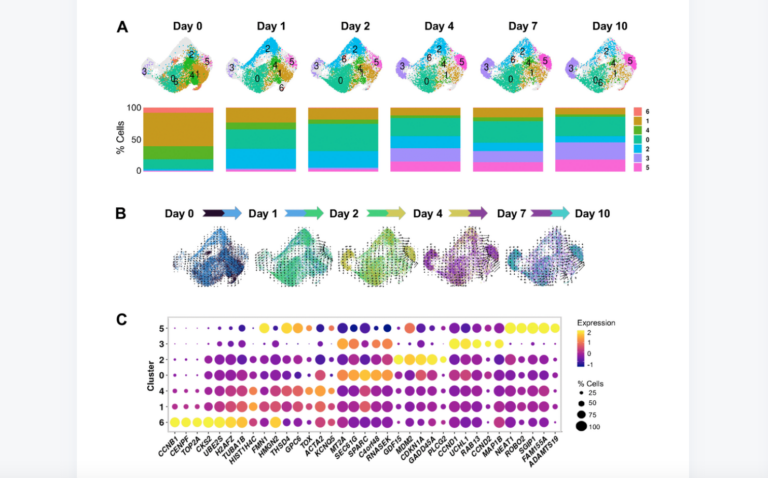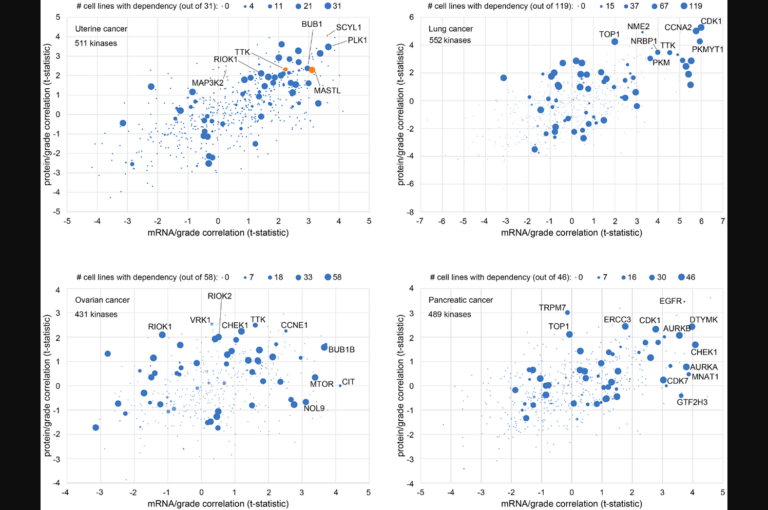Behind the Study: Role of Biomarkers in Management of Lumps in the Breast
Oncotarget, Spotlight
May 9, 2023Dr. Georg F. Weber, from the University of Cincinnati Academic Health Center, describes a recent research perspective he authored that was published by Oncotarget in Volume 14, entitled, “Crossroads: the role of biomarkers in the management of lumps in the breast.”
Behind the Study is a series of transcribed videos of researchers elaborating on their oncology-focused research published by Oncotarget. Visit the Oncotarget YouTube channel for more insights from outstanding authors.
—
For middle-aged women, lumps in the breasts are common, but they can be very concerning. Questions arise from, “What is my risk for developing cancer?” to “Should or should I not proactively treat?” The decision between virtual waiting or preemptive treatment is consequential because the treatment options significantly compromise the quality of life. Surgery is invasive.
Chemotherapy and hormone therapy have substantial side effects. On the other hand, a patient opting for virtual waiting may feel that the sword of Damocles is constantly hanging over her head.
For these women, an assessment of their cancer risk can usually facilitate the decision-making process. Currently, this is done by the pathologists ascribing long Greek or Latin terms to the biopsies in classifying these lesions as low risk, such as atypia, intermediate risk, such as papilloma or radial scar, and high risk, specifically ductal carcinoma in situ.
Also, checking for so-called clean margins of the lesions informs on the potential for cancer. Unfortunately, this requires the evaluation of multiple pathology slides and a suboptimal placement of the needle in the biopsy can cause bad areas to be missed.
For the 1.6 million biopsies performed in the US every year, a marker molecule that indicates risk for developing breast cancer will be tremendously helpful.
We have studied a protein with a scientific name, HOPN-c, which serves this purpose. The presence of HOPN-c in a lump indicates an elevated risk for developing breast cancer down the road, and the more of it is detected, the more substantive that risk is. This marker can be used by pathologists to convey a risk score to the treating physician, who will then communicate with the patient.
We are diligently working to develop this prognostic for clinical use.
Click here to read the full study published by Oncotarget.
—
Oncotarget is a unique platform designed to house scientific studies in a journal format that is available for anyone to read—without a paywall making access more difficult. This means information that has the potential to benefit our societies from the inside out can be shared with friends, neighbors, colleagues and other researchers, far and wide.
For media inquiries, please contact media@impactjournals.com.


